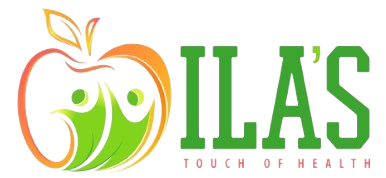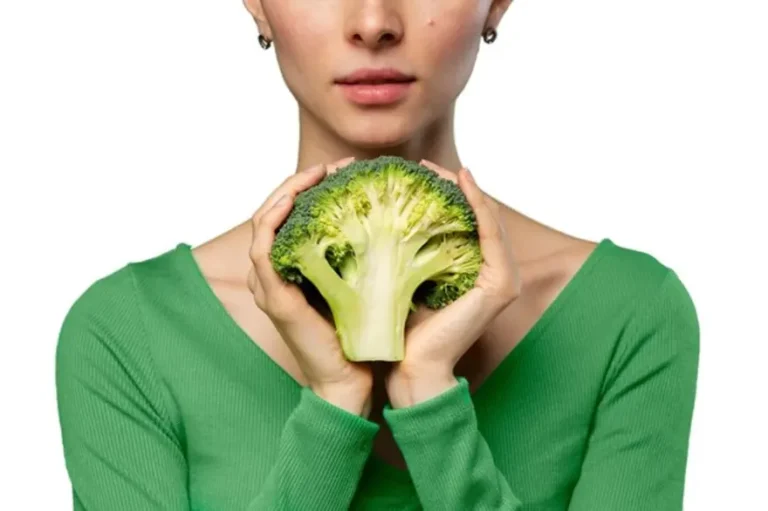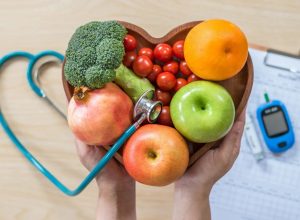10 Best Foods to Eat and Avoid With Diabetes
Managing diabetes doesn’t just rely on medications but also on the foods you choose to eat. Whether you’re living with Type 1 or Type 2 diabetes, the right diet can help keep your blood sugar levels under control, reduce complications, and promote overall well-being. Understanding which foods to prioritize—and which to avoid—is essential for keeping your diabetes in check.
In this article, we’ll explore the best foods for diabetes and the ones you should limit or avoid. And if you’re looking for a more personalized Diabetes Diet Plan, working with a certified dietitian like Dt. Ila Sharrma can provide tailored solutions for your needs. So, keep reading to discover a structured, healthy eating plan.
Best Foods for People With Diabetes
Choosing the right foods plays a vital role in managing diabetes. A well-balanced diet packed with fiber, healthy fats, and lean proteins can improve insulin sensitivity and keep blood glucose levels steady. Adding these foods to your daily diet will not only help you feel better but also prevent long-term complications.
Green, Leafy Vegetables
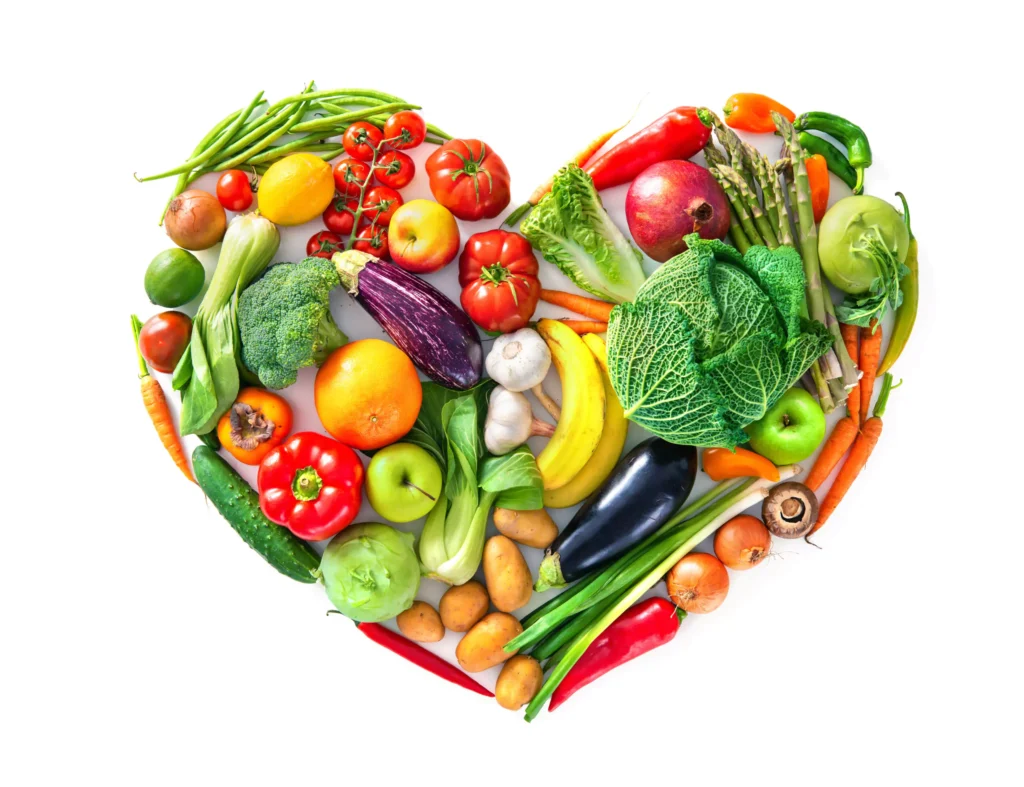
Green, leafy vegetables like spinach, kale, and Swiss chard are nutrient powerhouses. They are packed with vitamins, fiber, and antioxidants, all of which are beneficial for people with diabetes. These vegetables are also low in calories and carbohydrates, making them ideal for managing blood sugar levels. Their rich content of magnesium and vitamin A supports overall health while helping to stabilize glucose.
Whole Grains
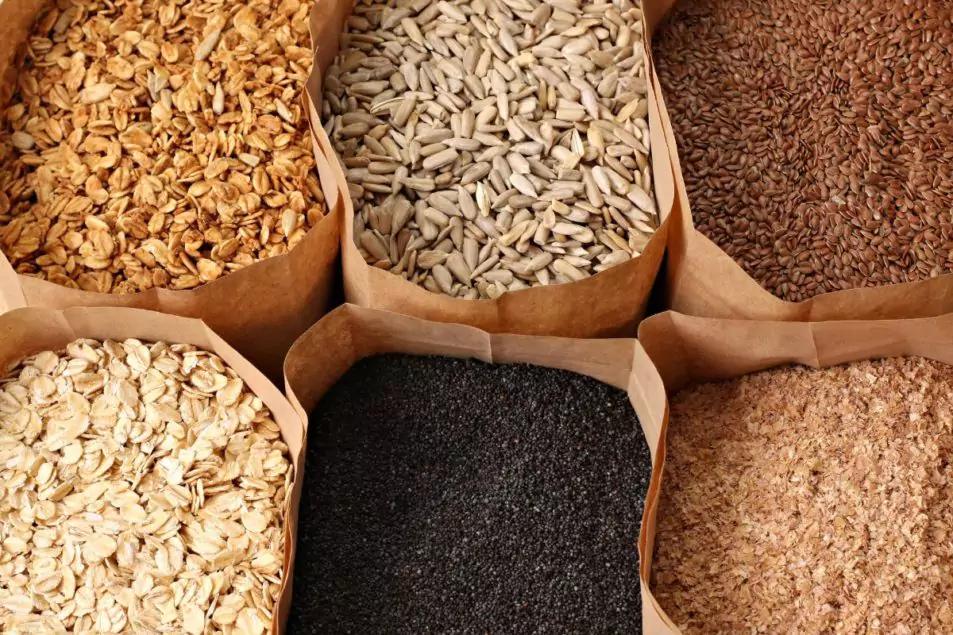
Whole grains such as quinoa, oats, and brown rice are excellent for controlling diabetes. They are high in fiber, which slows down the absorption of sugar, preventing spikes in blood sugar levels. Unlike refined grains, whole grains maintain their nutrient value and provide long-lasting energy.
Fatty Fish
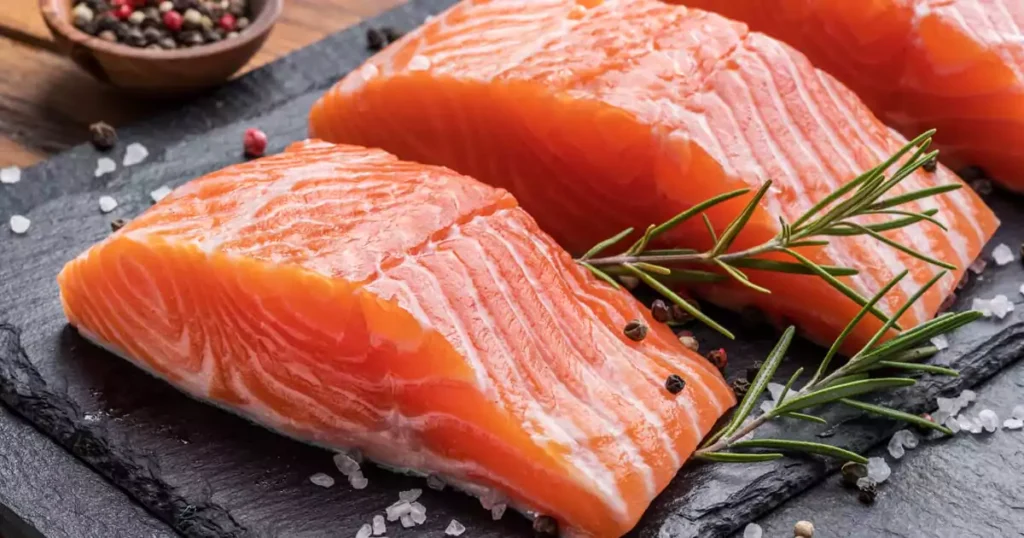
Fatty fish like salmon, mackerel, and sardines are packed with omega-3 fatty acids, which have been shown to reduce inflammation and lower the risk of heart disease—an important factor since diabetes increases the likelihood of heart-related complications. Omega-3s also support improved insulin sensitivity, helping manage diabetes better.
Beans
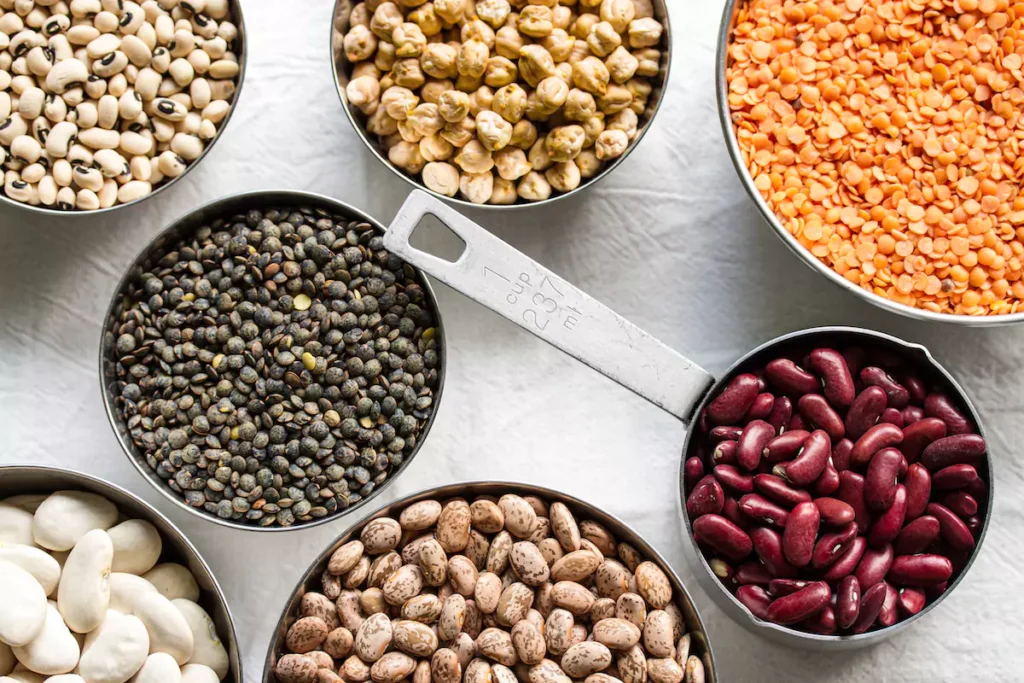
Beans are high in fiber and protein, making them a great addition to a diabetes-friendly diet. They help regulate blood glucose levels and are also rich in vitamins and minerals, such as magnesium and potassium, which benefit heart health. Lentils, black beans, and chickpeas can easily be incorporated into salads, soups, or side dishes.
Chia Seeds
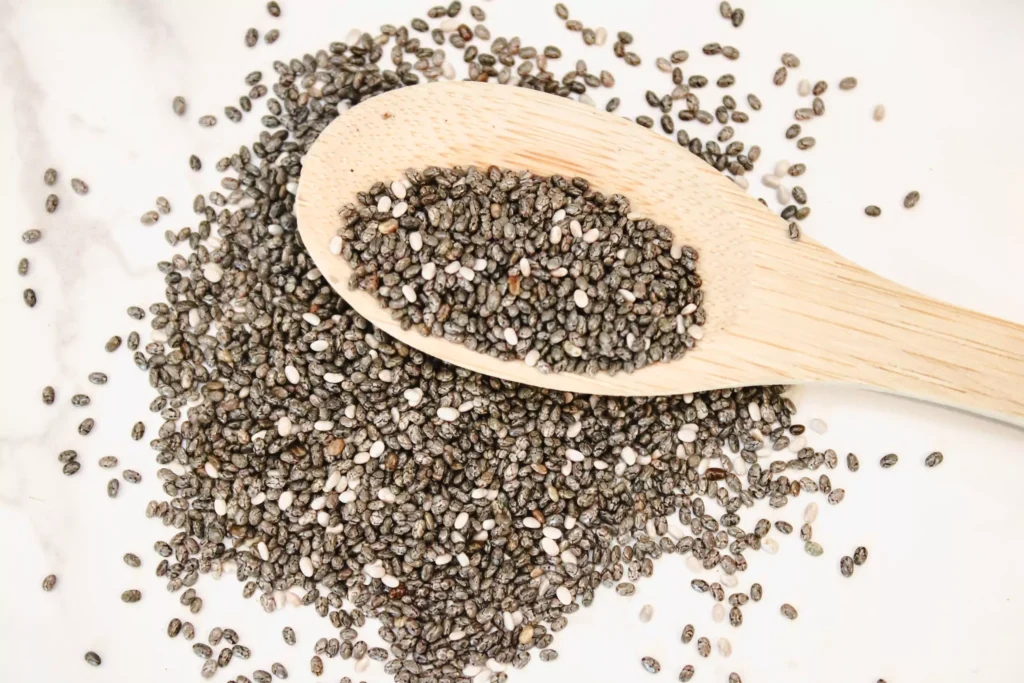
Chia seeds are high in fiber and omega-3 fatty acids, making them ideal for people with diabetes. These tiny seeds can be added to smoothies, yogurt, or oatmeal and help control blood sugar levels by slowing digestion. Their high fiber content promotes a feeling of fullness, which can aid in weight management—a key factor in controlling type 2 diabetes.
Flaxseeds
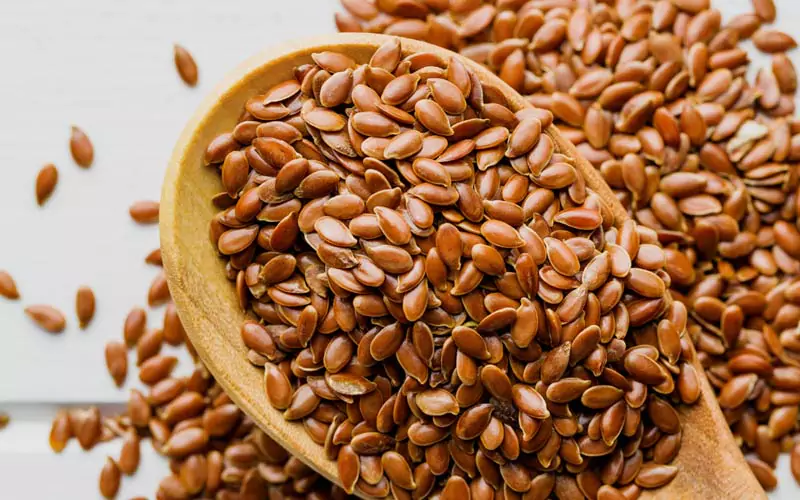
Flaxseeds are another excellent source of omega-3 fatty acids, and they are rich in fiber. Studies have shown that flaxseeds can help lower blood glucose and cholesterol levels, which is crucial for people with diabetes. You can add ground flaxseeds to smoothies, yogurt, or oatmeal for an extra nutritional boost.
Walnuts
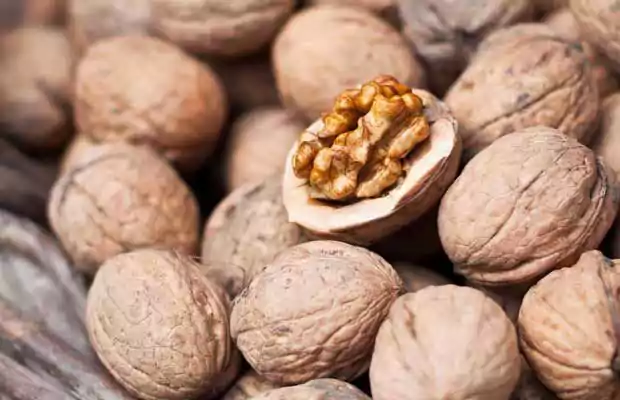
Walnuts are another excellent source of healthy fats, fiber, and antioxidants. They can help lower LDL cholesterol (bad cholesterol) and improve insulin sensitivity. Including a handful of walnuts in your daily diet can be an easy way to get these benefits while keeping your blood sugar levels in check.
Citrus Fruits

Citrus fruits, such as oranges and lemons, are loaded with vitamin C and fiber. They are low on the glycemic index and can help regulate blood sugar. Additionally, the antioxidants in citrus fruits support immune health and reduce the risk of diabetes-related complications.
Berries
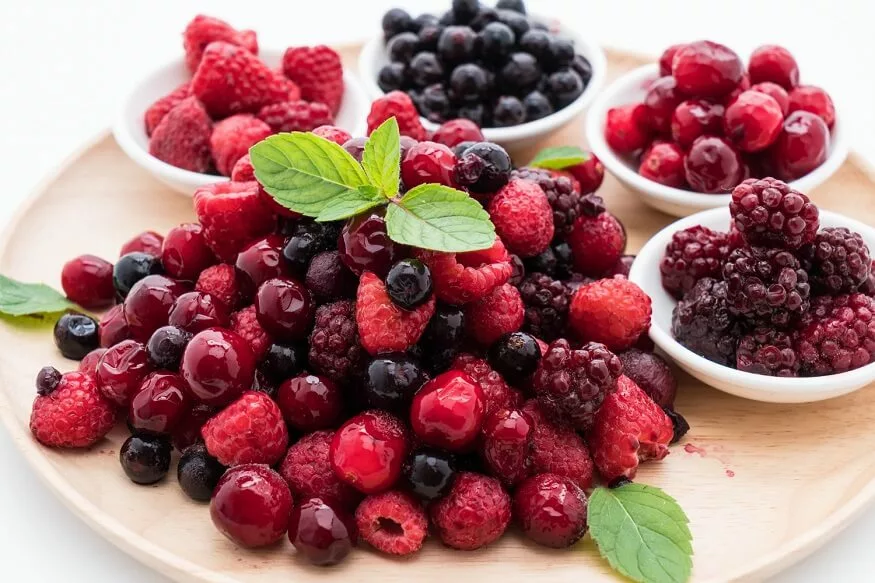
Berries like blueberries, raspberries, and strawberries are packed with fiber, vitamins, and antioxidants. They provide a sweet flavor without causing significant spikes in blood sugar. Including berries in your diet can help satisfy sweet cravings while supporting better blood glucose control.
Sweet Potatoes

Sweet potatoes are a great alternative to regular potatoes. They have a lower glycemic index, which means they cause slower rises in blood sugar levels. Additionally, sweet potatoes are high in fiber, vitamin A, and potassium, all of which are beneficial for maintaining stable glucose levels and promoting overall health.
Foods to Limit or Avoid When You Have Diabetes
Managing diabetes isn’t just about what you eat—it’s also about what you should avoid. Certain foods can cause blood sugar spikes and increase the risk of complications. Here’s a list of foods you should limit or avoid to keep your blood sugar stable.
Carb-heavy Foods
Foods high in refined carbohydrates like white bread, pasta, and rice can cause rapid blood sugar spikes. These foods are quickly absorbed into the bloodstream, leading to a rise in blood glucose levels. It’s better to choose whole grains or other complex carbs to avoid this issue.
Saturated and Trans Fats
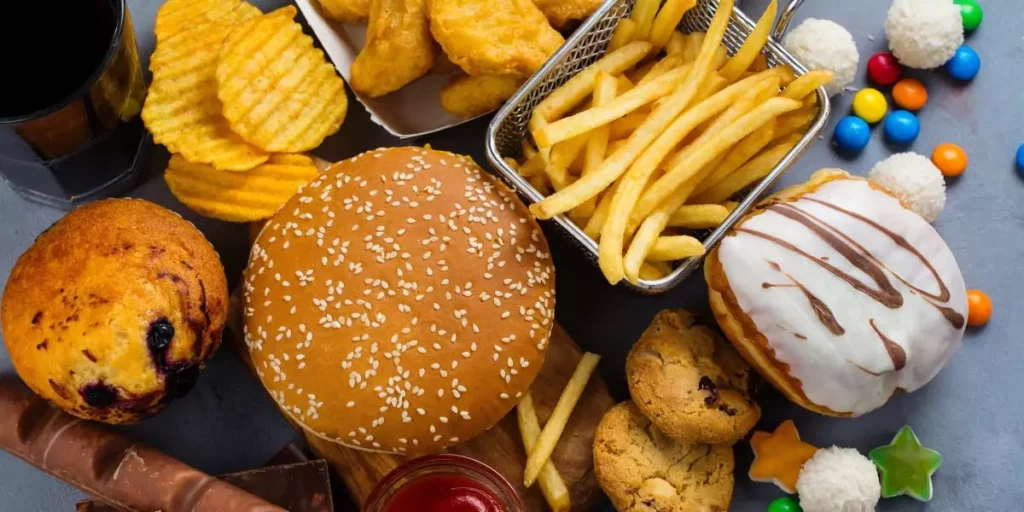
Foods high in saturated and trans fats, like fried snacks, baked goods, and certain oils, can increase cholesterol levels and the risk of heart disease. They also worsen insulin resistance, making it harder for people with diabetes to control their blood sugar.
Breakfast Cereal
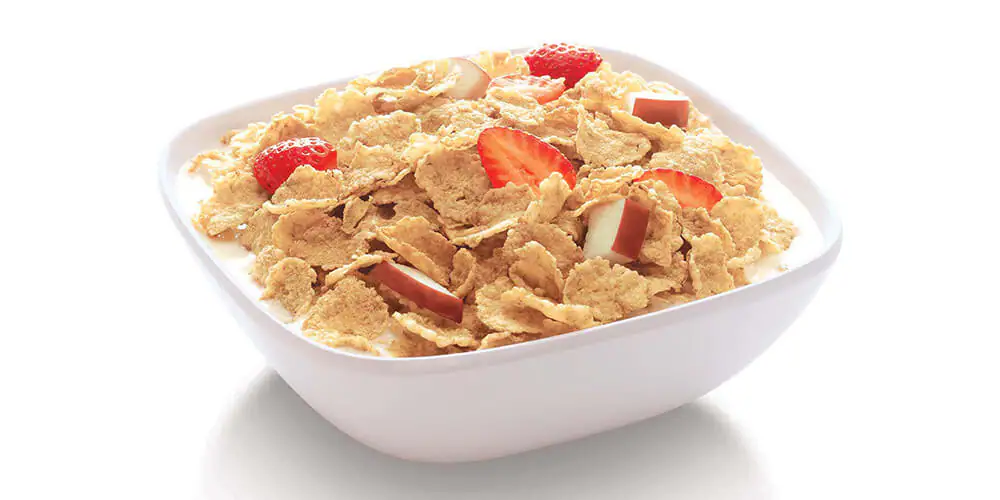
Many breakfast cereals are packed with added sugars, which can cause blood sugar spikes. Even cereals labeled “healthy” can have hidden sugars, so it’s essential to read the labels carefully. Opt for high-fiber, low-sugar options instead.
Refined Sugar

Refined sugars, found in candy, cookies, and other sweetened products, provide no nutritional value and can quickly elevate blood sugar levels. People with diabetes should avoid or significantly limit their intake of refined sugar.
Sugary Drinks

Sugary beverages like soda, sweetened teas, and energy drinks are some of the worst offenders for raising blood glucose levels. These drinks are high in empty calories and sugar, making them a dangerous choice for people managing diabetes.
Salty Foods
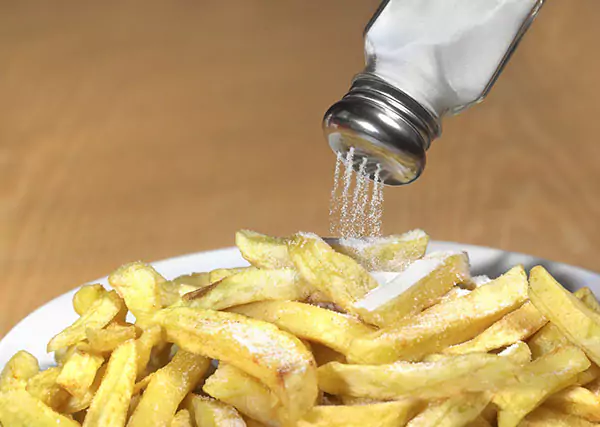
Salt can lead to high blood pressure, which increases the risk of heart disease. People with diabetes should limit their intake of salty foods, such as processed meats, canned soups, and fast food, to protect their heart health.
Fried Foods
Fried foods are often high in unhealthy fats and calories, leading to weight gain and poor blood sugar control. Limiting fried foods like French fries and fried chicken can improve overall health and help manage diabetes.
Alcohol

While moderate alcohol consumption may not have an immediate impact on blood sugar, drinking too much can lead to hypoglycemia (low blood sugar). It’s essential to monitor your alcohol intake and discuss with your doctor how to drink safely if you have diabetes.
Processed Meats

Processed meats, such as bacon, sausages, and deli meats, are high in sodium, fat, and preservatives. These can lead to high blood pressure and an increased risk of heart disease, which are already heightened concerns for people with diabetes.
Fruit Juice
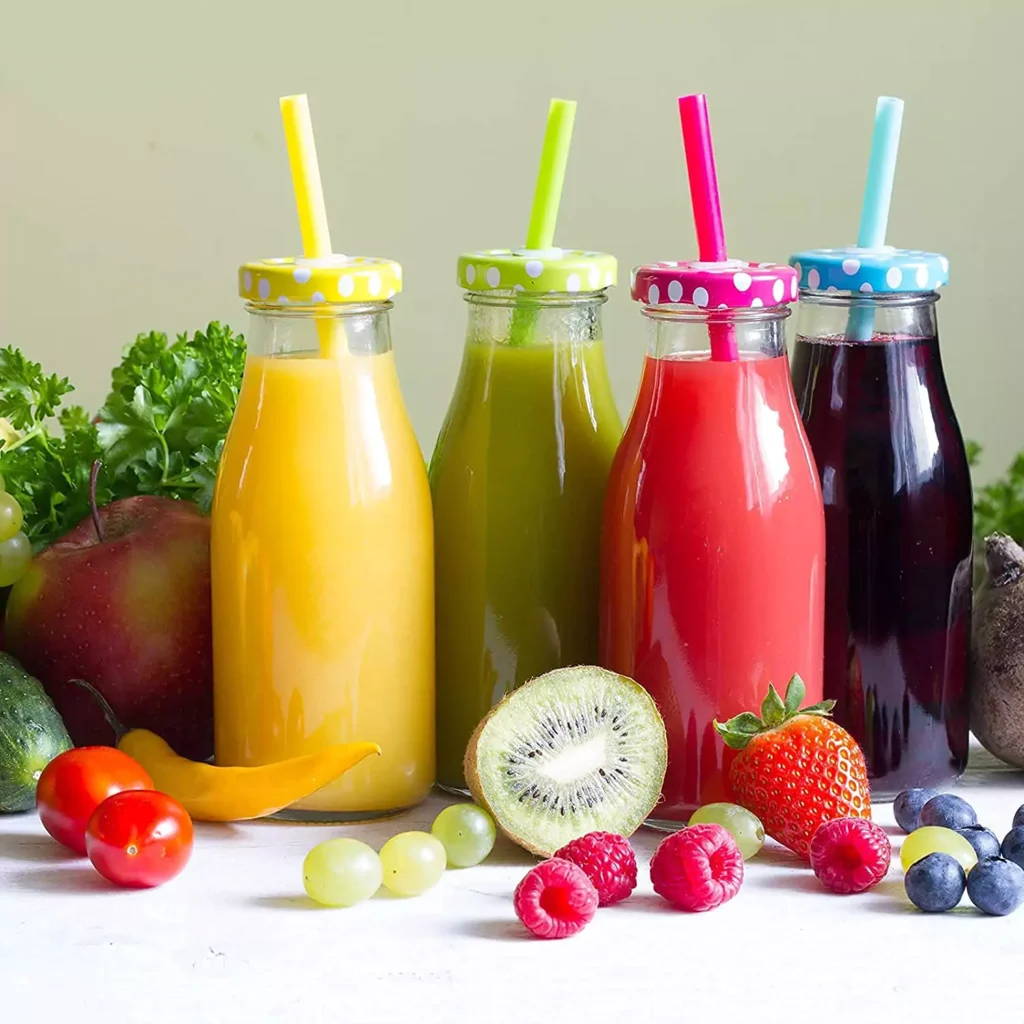
Fruit juices, even those that are 100% natural, can have a high sugar content without the fiber found in whole fruits. Drinking fruit juice can cause rapid spikes in blood sugar levels, making it better to eat whole fruits instead.
Best Diet for People with Diabetes
The best diet for people with diabetes focuses on maintaining stable blood sugar levels through nutrient-dense, low-glycemic foods. A Mediterranean diet is highly recommended for diabetes management, as it is rich in fruits, vegetables, whole grains, and healthy fats.
Incorporating a variety of foods while following a balanced diet helps prevent spikes in blood glucose levels and reduces the risk of complications such as heart disease. For personalized guidance, consult Dt. Ila Sharrma for a custom diabetes diet plan tailored to your health needs.
Living with Diabetes: Type 1 and Type 2 Diabetes
Living with diabetes, whether Type 1 or Type 2, requires regular monitoring of blood sugar levels and a balanced meal plan. For people with Type 1 diabetes, insulin is a necessary part of treatment, but the right diet helps maintain stable blood glucose levels. People with Type 2 diabetes often focus on diet and exercise to manage blood sugar and improve insulin sensitivity.
Working with a diabetes educator, such as Dt. Ila Sharrma, can help create a manageable eating plan that supports long-term diabetes control and improves overall well-being.
Conclusion
Managing diabetes through diet is a critical component of maintaining healthy blood sugar levels and preventing complications. By incorporating nutrient-dense foods like leafy greens, fatty fish, and whole grains while avoiding processed foods, sugary drinks, and unhealthy fats, you can effectively manage your diabetes. Whether you have Type 1 or Type 2 diabetes, adopting a balanced and personalized diet plan, like those offered by Dt. Ila Sharrma, can lead to better health outcomes and an improved quality of life.
To get started on a personalized diabetes diet plan, Book a Consultation with Dt. Ila Sharrma and take the first step toward managing your diabetes through nutrition.
